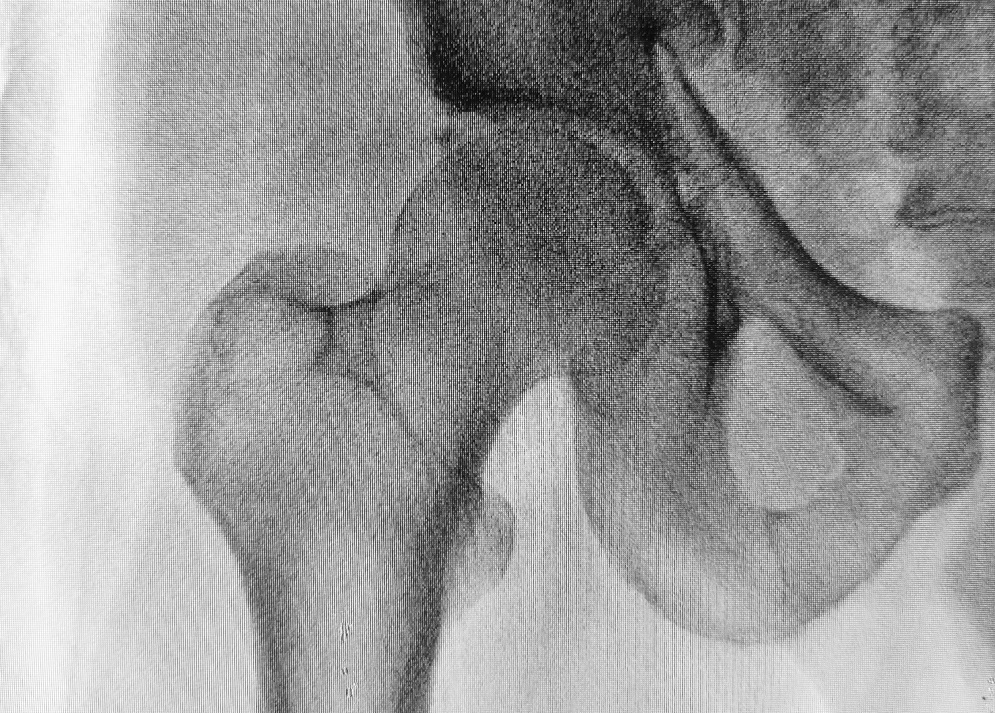Greater Trochanteric Pain Syndrome (GTPS) refers to a collection of musculoskeletal conditions that present as lateral sided hip pain or pain on the outside of the hip.
Over the last 10 years our understanding of the causes of lateral hip pain has improved significantly. We have moved from the diagnosis of trochanteric bursitis, to gluteal tendinopathy and now to greater trochanteric pain syndrome. These differences in nomenclature reflect our greater understanding of the complexity of the causes of lateral hip pain.
Conditions affecting the side of the hip
Conditions include
- Gluteus Medius and Minimus (Gut med/min) tendinopathy,
- Glut med/min tears (either partial or full thickness),
- Snapping/tight Iliotibial band,
- Osteoarthritis of the hip joint, and/or
- Referred pain from the spine
Conservative Treatment
The initial treatment for greater trochanteric pain syndrome includes
- rest,
- activity modification and
- possibly use of anti-inflammatory pain relief medication.
Physiotherapy plays an important role in the treatment of GTPS.
Physiotherapists will often prescribe an exercise program. This may include ITB stretching, eccentric gluteal strengthening exercises, along with core and deep hip external rotator exercises, as well as perform manual therapy/dry needling.
Some patients who are in too much pain to perform a structured exercise program, may get benefit from a guided corticosteroid injection. The evidence indicates that a steroid injection to the hip is effective in reducing pain and improving function in the short term (up to 12 weeks) in patients with Greater Trochanter pain syndrome, but not effective beyond that. Once the pain has been reduced with an injection, they can then start on their exercise program.
Surgical Treatment
Some patients with tears of their gluteus medius/minimus (partial thickness and especially large, full thickness tears), unfortunately, do not respond to conservative treatment. Referral to an orthopaedic surgeon should be considered, as patients suffering from chronic GTPS appear to suffer levels of disability and quality of life similar to levels associated with end stage hip osteoarthritis.
Surgery for tears of gluteus medius/minimus may be open or “keyhole” (endoscopic), and for small or partial thickness tears, can involve suturing the tendon directly back on to the bone. Large tears (those with tendon retraction/poor quality of tendon or fatty atrophy visible on MRI) are the most difficult to repair, and in the past have been associated with relatively high failure rates (reported up to 30% in some literature). More recent surgical options for these patients include tendon allografts (eg using a donated achilles tendon), gluteus maximus muscle transfer, and synthetic ligament repairs (using LARS ligament).
At Burleigh Heads Physiotherapy Centre, we have had experience in recently treating patients who have undergone LARS ligament reconstruction, and have had excellent results. These patients presented with intractable lateral hip pain and difficulty walking anything more than 5 minutes, and have now progressed to being essentially pain free, and can walk freely.
The rehabilitation following this procedure is quite lengthy but is essential to safely get the maximum recovery possible. Our patients have done well and I am delighted to report that they are very happy with their outcomes.
Can our Physios help you with hip pain? Call for an appointment!








